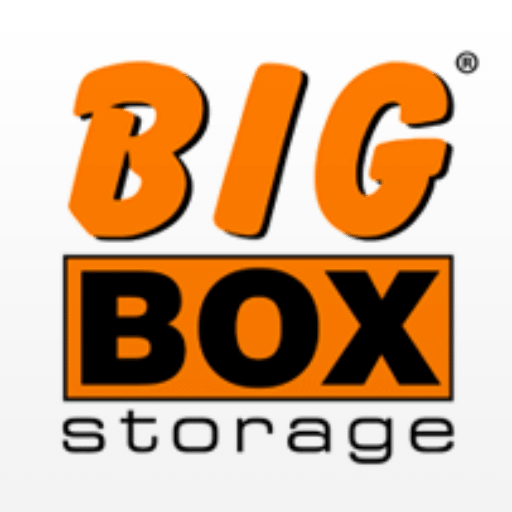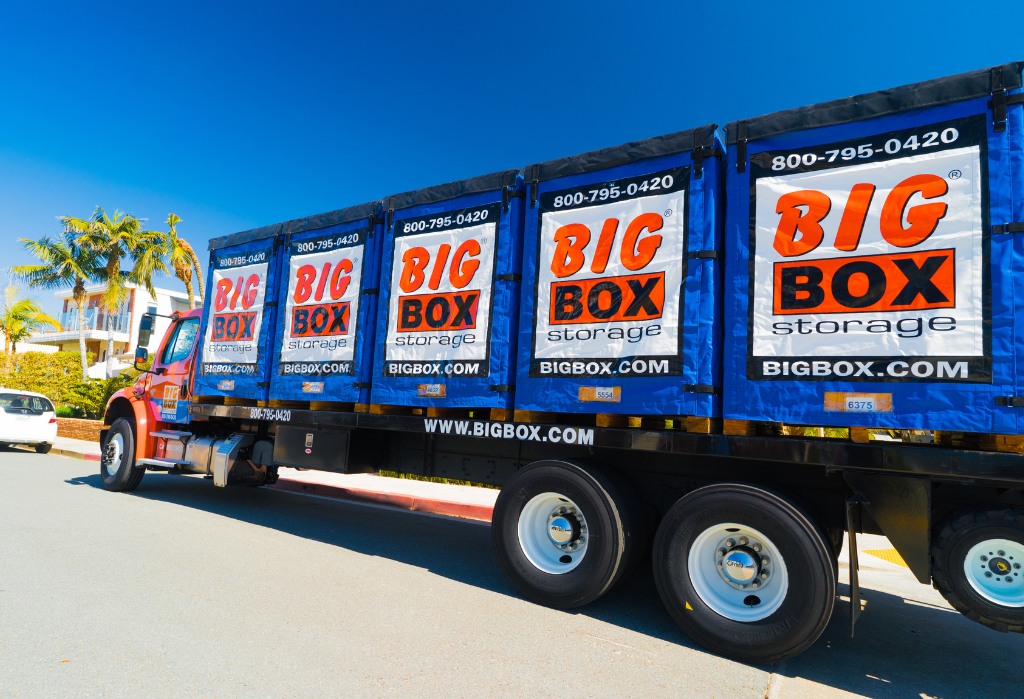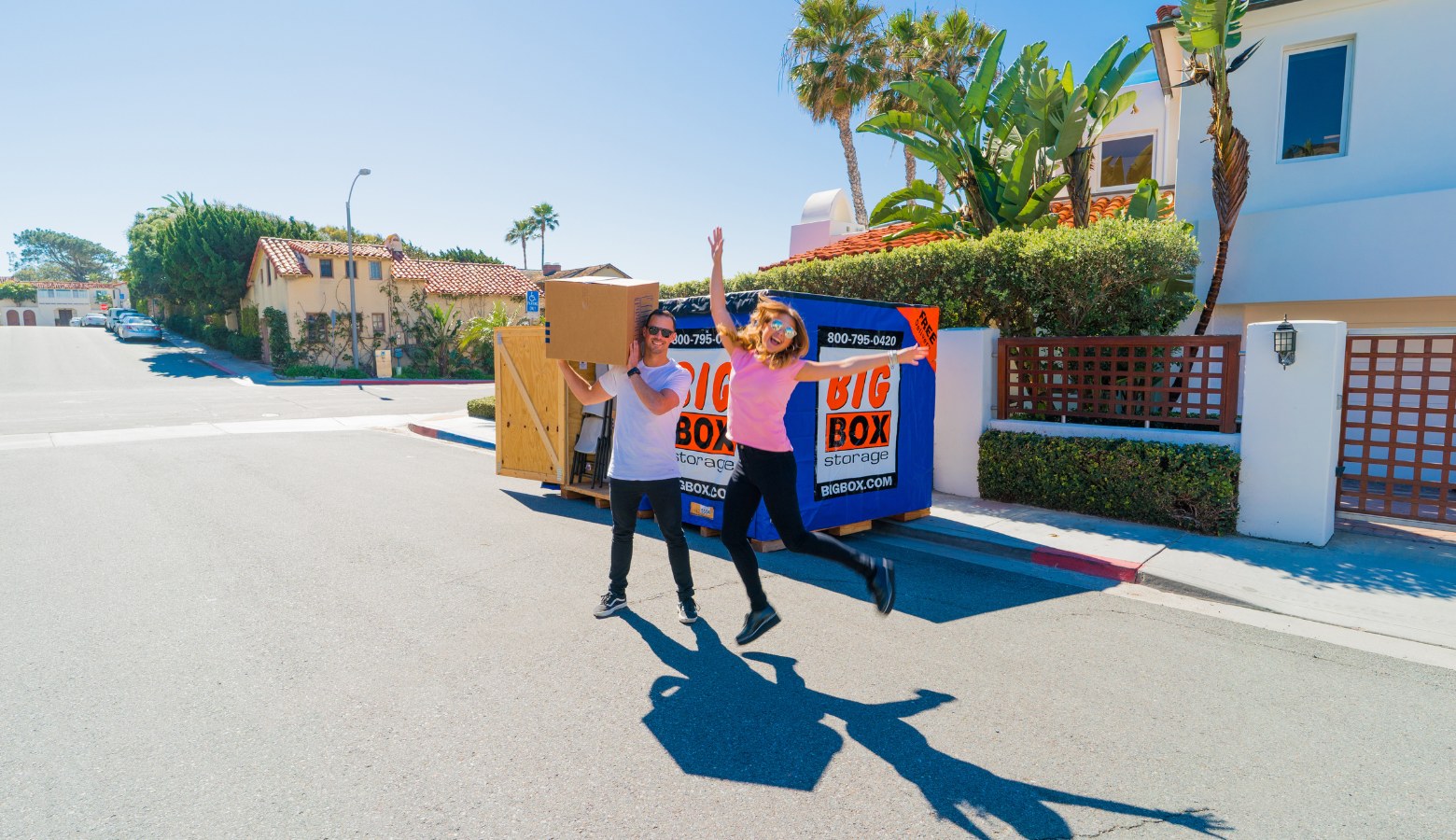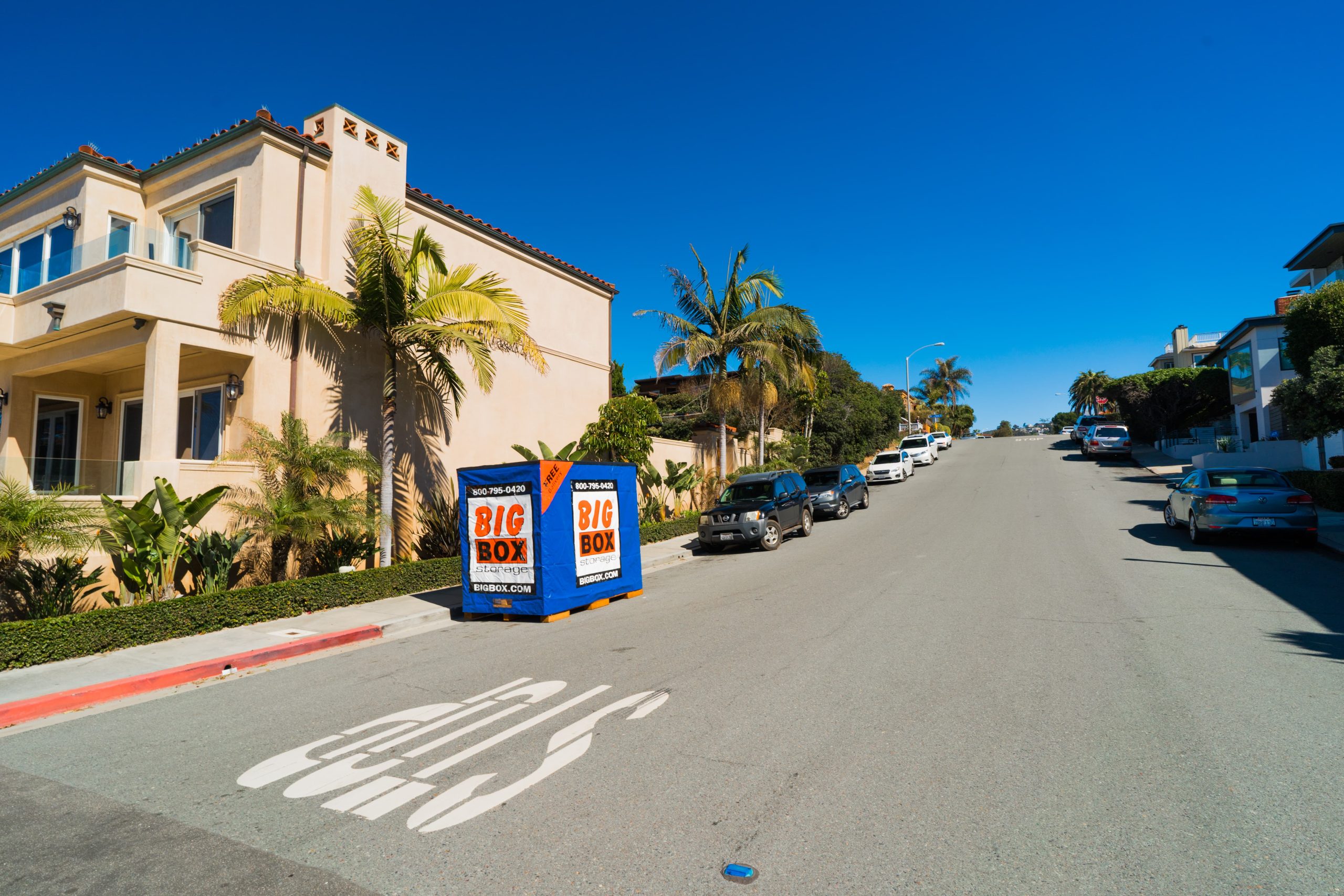In today’s fast-growing small business sector, more people are launching their own companies than ever before. E-commerce has made it as easy as a few clicks to get started. With countless online tools and applications available, you can now launch and manage your business from the comfort of your home.
From selling products to managing shipping and even handling bookkeeping, many aspects of running a business can be done remotely and even in a small apartment. However, there’s one critical question you may not have considered:
Where Will You Store Your Inventory?
If your business involves selling physical products, you’ll likely need a place to store your inventory. Some entrepreneurs opt for drop shipping, where products are sent directly from the manufacturer to the customer. Many prefer to keep inventory on hand for greater control. Having your own stock allows you to monitor inventory levels, handle surplus, and ensure the quality of the items you’re selling.
But where should you store it? Many business owners start small, running their businesses from home or a modest office space. Renting a large warehouse might not be feasible in the early stages due to budget constraints or availability. So, what’s the solution?
Portable Storage: A Convenient and Affordable Option
What if you could have your own portable storage warehouse delivered to your doorstep? That’s exactly what Big Box Storage offers small business owners in San Diego. This affordable and flexible solution provides the convenience of storing inventory securely while keeping it easily accessible.
Here’s how it works: A portable storage unit is delivered to your location. You load it with your inventory, and when you’re ready, it’s picked up and placed in a secure facility. If you need access to your unit, it can be brought back to your location, or you can visit the storage facility at your convenience. It’s storage on your terms.
Features and Benefits of Big Box Storage
- Generous Storage Space: Each unit measures 8′ x 5′ x 7′, holding the equivalent of one and a half average-sized rooms or up to 2,000 pounds. It’s perfect for storing inventory, business equipment, or office supplies.
- Flexible Rental Terms: Big Box Storage offers convenient rental options with no hidden fees and a 110% low-price guarantee. It’s an unbeatable deal for San Diego business owners.
- Scalable Solutions: Need more space as your business grows? Simply rent another unit. With just a phone call, a new storage box can be delivered to your doorstep, ready to accommodate your expanding needs.
Secure and Accessible Storage
All storage units are housed in a secure facility equipped with motion detectors, perimeter alarms, and video surveillance, ensuring the safety of your inventory. You’ll have access to your unit seven days a week, whether you need to retrieve a small item or have the entire unit delivered back to your location.
Long-Distance Shipping Made Easy
Planning to relocate your business to another state? Big Box Storage can handle that too. Your container can be shipped to your new location, eliminating the hassle of unloading and repacking inventory. It’s a simple and cost-effective way to move your business.
Simplify Your Business Operations
For today’s entrepreneurs, every dollar saved counts. Portable storage with Big Box Storage is an efficient, cost-effective solution that helps small businesses thrive without the expense of renting a warehouse or additional office space.
Keep your inventory organized, secure, and easily accessible with portable storage tailored to your needs. Start small, dream big, and let Big Box Storage handle your storage needs as your business grows!










